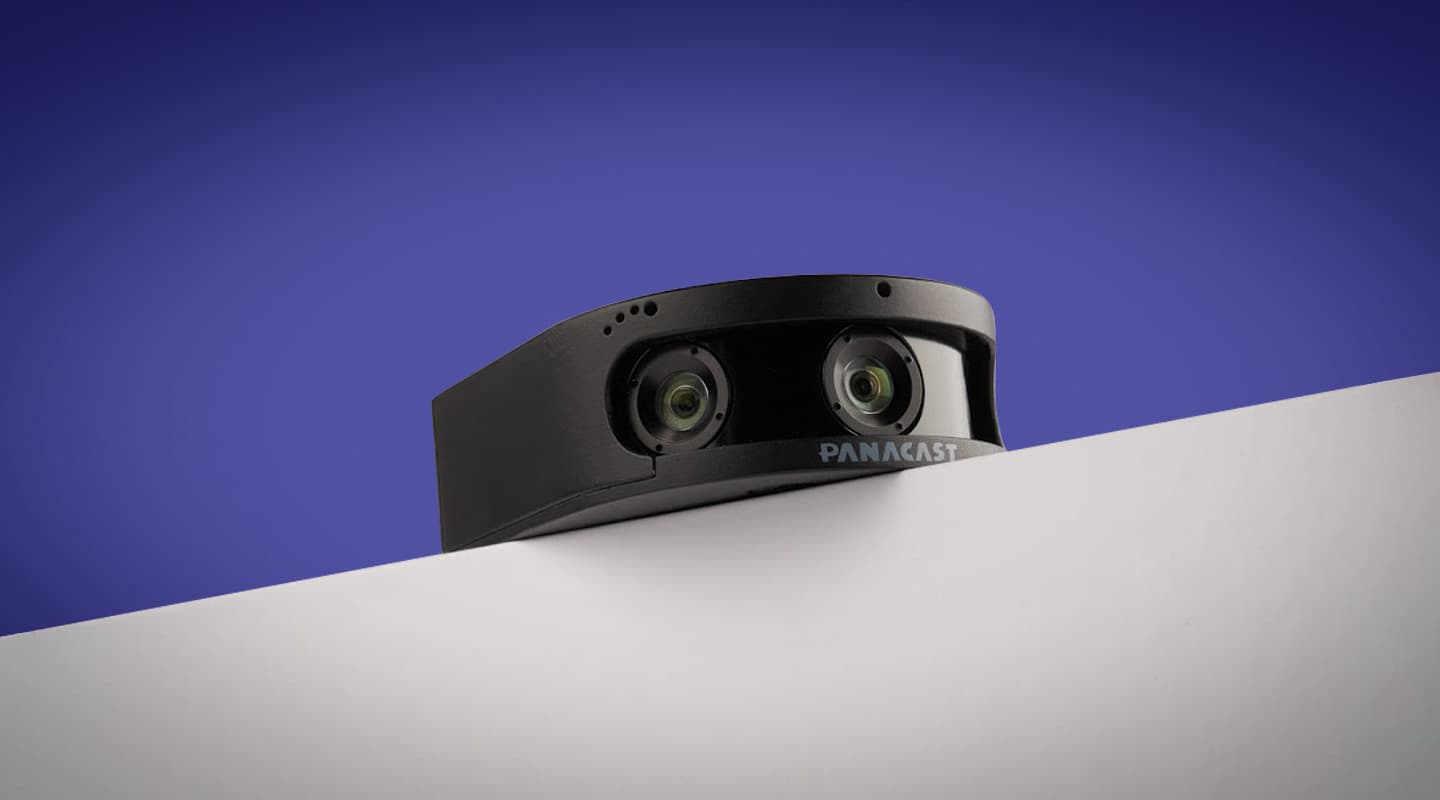
Review: Altia Systems PanaCast 2 VC Camera
PanaCast 2: AI plus three camera heads create a new type of video conference experience.
Text:/ Derek Powell
This is truly a new class of camera. To demonstrate the point, last year, the PanaCast 2 panoramic USB Camera System won best new PTZ camera at ISC, yet it can’t move and doesn’t have a zoom lens!
What it does have is the ability to convert a huddle space or small meeting room into a professional looking, automated videoconference studio by simply adding a PC and some clever software.
IN THE BOX
The PanaCast 2 comes neatly packed in two sturdy boxes. The first contains the camera head, a 90cm USB3 cable to connect the camera to a PC and an AC plug-pack with a DC cable. The camera itself is quite small, comparable in size to a typical webcam, though quite a bit deeper than most. It is elegantly finished in a machined metal case with the most striking feature being the three individual lenses inset into the curved front of the camera.
The second box contains a ready assembled stand with a standard quarter inch thread that screws into the bottom of the camera head. The stand has a clever cable management slot that conceals the power and USB cables neatly routing them down and out the back of the base presenting an elegant and professional appearance on a desk or table top.
HOOKING UP
The setup leaflet describes just three steps to get started: connect the camera to the cable; plug in the USB to your PC; and select ‘PanaCast’ from your video conferencing app. That’s really all there is to it, though you may need to select the camera’s built-in audio on the Sound settings of your PC to enable the built-in microphones.
The supplied connection cable is a USB3.0 Micro B to USB3 Type A connector. On my laptop, the camera sprang to life immediately without needing the separate plug pack and DC cable. However, the camera head contains quite a bit of circuitry and runs warm to the touch. Depending on your circumstances, the external PSU may be the best idea if you are running anything more than a semi-permanent installation.
Trying it out on a tiny four-person meeting room table immediately demonstrated the value of PanaCast’s signature feature: the extraordinary 180-degree field of view. We simulated a typical huddle space or small meeting room by placing the camera on its stand behind a laptop at one end of the table and starting a Zoom videoconference session. Usually, to include everyone at the table would require a PTZ camera or a wide angle webcam several metres away, a luxury that simply doesn’t exist in most huddle spaces. From its position right on the table, the PanaCast produced pin sharp and undistorted images of everyone seated on both sides of the table and at the opposite end – without the “bowling alley” effect common to wide-angle lenses in typical webcams and built-in laptop cameras.
It does this by combining the outputs of three separate HD cameras, pointing left, right and straight ahead, to produce a super wide 3480 x 1080 pixel image. The stitching is done in-camera and in real time (less than 5 milliseconds is required for processing) so it doesn’t take up any CPU power of the attached laptop or PC.
The picture was well colour balanced straight out of the box despite the mixed lighting in our conference room (auto colour balance is enabled by default) and the exposure was good, with well rendered skin tones even when we deliberately included a large window into the frame.
SUMMARY
What it is: A new class of USB camera that enables professional VC results in four- to 12-person spaces.
Supplier: avt (www.avt.tech)
Price: PanaCast 2 180 degree Camera: $1,853 (Camera only).
Options: Intelligent Zoom: $312 rrp (License Key); Vivid (picture enhancement): $312 (License Key); Whiteboard feature: $412 (per camera, per year)
Pros: Unsurpassed field of view; great pictures; clever and useful automation
Cons: Supplied table stand needs to have adjustable tilt; audio could be improved; some features are an extra cost
Recommended for: Soft codec video conferences in huddle spaces and small meeting rooms.
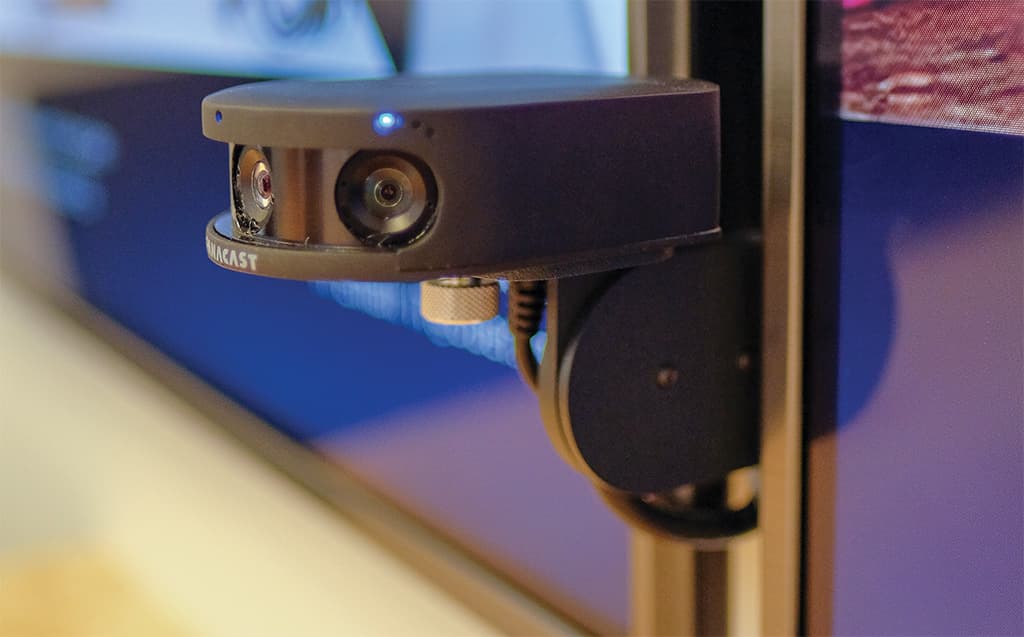
ROAD TESTING
The camera is an extraordinary technical achievement with plenty more software tricks up its sleeve, so to learn more and see the camera in action in a real videoconference application, I arranged a Zoom session with Aurangzeb Khan, CEO of Altia Systems (which makes the PanaCast) and his technical guru Javed Tufail from their office in Cupertino. Aurangzeb started by explaining how the immersive experience of a 180° field of view helps make videoconference meetings more effective.
“Our goal was to create something that looks a lot like how you see the world with your own eyes,” he related. “Human beings read the room; we read each other; we read body language and that informs us as to what to say, how to say it and when to say it. None of that is possible if you cannot see the [whole] group.”
The pictures across the VC link looked absolutely sensational, smoothly reframing to keep both participants in view as Aurangzeb and Javed moved around the room. Intelligent Zoom is a software option that uses AI to recognise and track faces as they move or enter and leave a meeting situation. Javed turned on a feature in his demo PanaCast camera that made the tracking operation visible across the link. A red box appeared around each face and tracked precisely when Javed turned his back to write on the whiteboard and even as he deliberately walked out the door and up and down the corridor outside the glass wall of the meeting room.
MEZZO FORTE
The facial recognition doesn’t identify people by name but it can count the number of people in the meeting space and output that number across the USB connection to the PC. That feature provides the basis for a very useful software extension developed by avt, the Australian agent for PanaCast.
Sold under the banner ‘Mezzo’ the middleware software interfaces with certain room booking systems to automate the process of identifying when a room is in use. If a meeting finishes early (or if no one shows up) Mezzo identifies from the camera’s USB output that there are zero faces in the room and notifies the booking system (typically Outlook or Office 365) to release the room for other users. It can also provide useful metrics about actual occupancy numbers, leading to better management and availability of meeting spaces.

WHITEBOARD RECOGNITION
Another feature that simply has to be seen to be believed is the ability of the camera to recognise an ordinary whiteboard in the meeting room and provide a separate real-time content feed as people make notes during a meeting. It does require an optional software licence but once that’s in play all it takes is to affix a special logo near one corner of the whiteboard so the PanaCast AI software can recognise it as a writing surface.
Astonishingly, the camera does not even need to be looking square on at the whiteboard, so long as it is somewhere within the 180° field of view. Once activated, the camera detects the edges of the whiteboard and outputs a separate cropped image, squared up and keystone corrected so that it appears like a second camera dedicated to the whiteboard surface. It even has a function to improve the contrast of the writing if the marker pen is running low on ink!
SOFT CODEC SHORTLIST
For any huddle space or small meeting room where Zoom, Skype or other soft-codec videoconferences are held, this camera has to be on the shortlist. It gives an impressive ‘Telepresence’ like feel to any VC by keeping all the participants in view in high definition. Meetings can be much more interactive and productive where everyone’s contributions and reactions can be seen all the time. The tiny size and elegant form factor, ensures PanaCast will fit into any office setting as well as making it an excellent choice to take on the road if VC is an integral part of your workflow.
PanaCast works with virtually any VC software and if you decide to buy one, you’ll be in good company. For example, Zoom and the Uber have recently deploying 850 Zoom rooms with PanaCast across the Uber organisation.
I would highly recommend the optional automatic zoom extension which prevents the ‘empty room’ syndrome when only one or two participants are at an endpoint yet automatically and smoothly reframes as participants enter or leave the room. Likewise, the Vivid option which produces superior pictures in less than optimal lighting is worth the extra outlay if your room was not designed with VC in mind. Looking further down the options list, I can see enormous opportunity and demand for the Whiteboard capability when the videoconference is used as a remote teaching session.
For permanent installations, the ability to interface through the PC with room booking systems using avt’s Mezzo middleware is the icing on the cake. Reliable and responsive ‘no-touch’ room booking, with the ability to maximise meeting space usage, is now a reality with just PanaCast, a PC and a room booking panel (plus, of course, access to Outlook or Office 365).
Considering what it does, as a replacement for a PTZ camera and control system, the pricing is quite attractive for this high quality and well realised product.
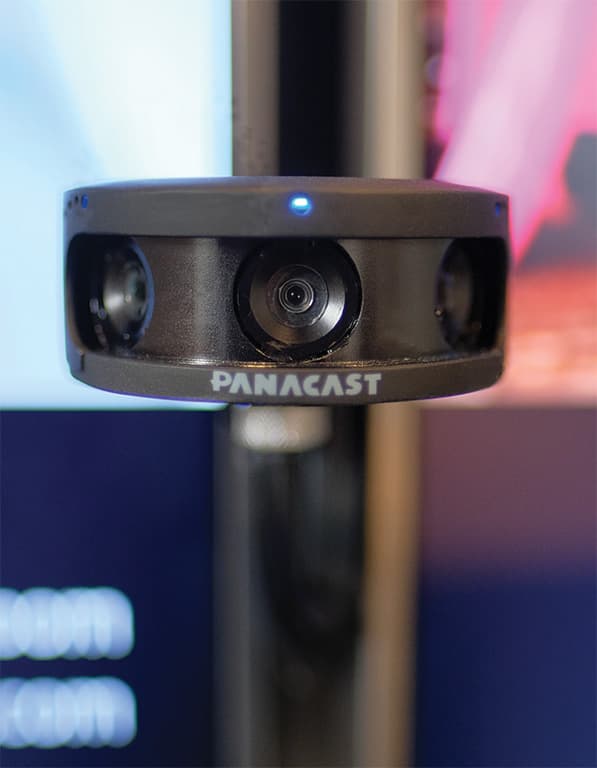

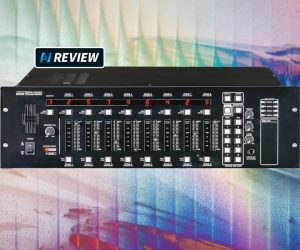
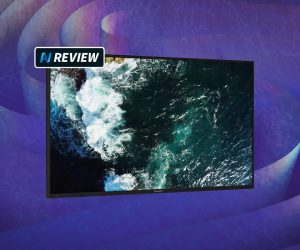
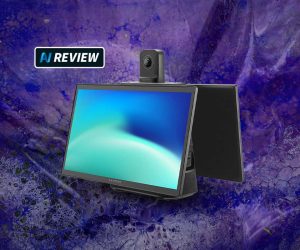
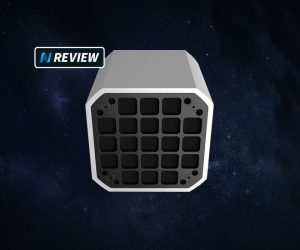

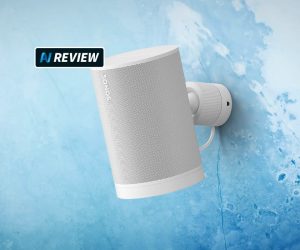
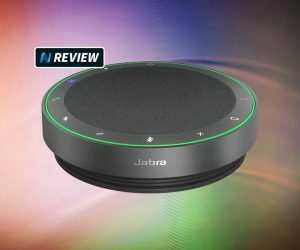
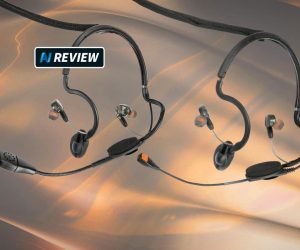
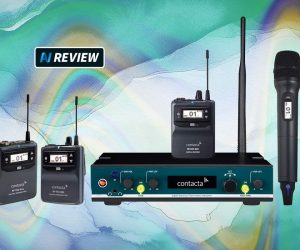
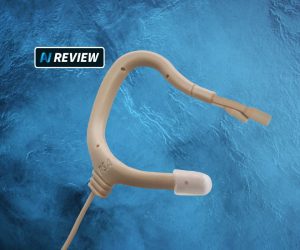
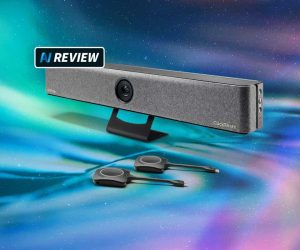
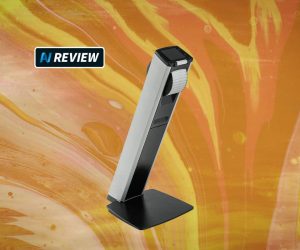


RESPONSES